Home>Ideas and Tips>Creating A Functional Mudroom In A Back Entry
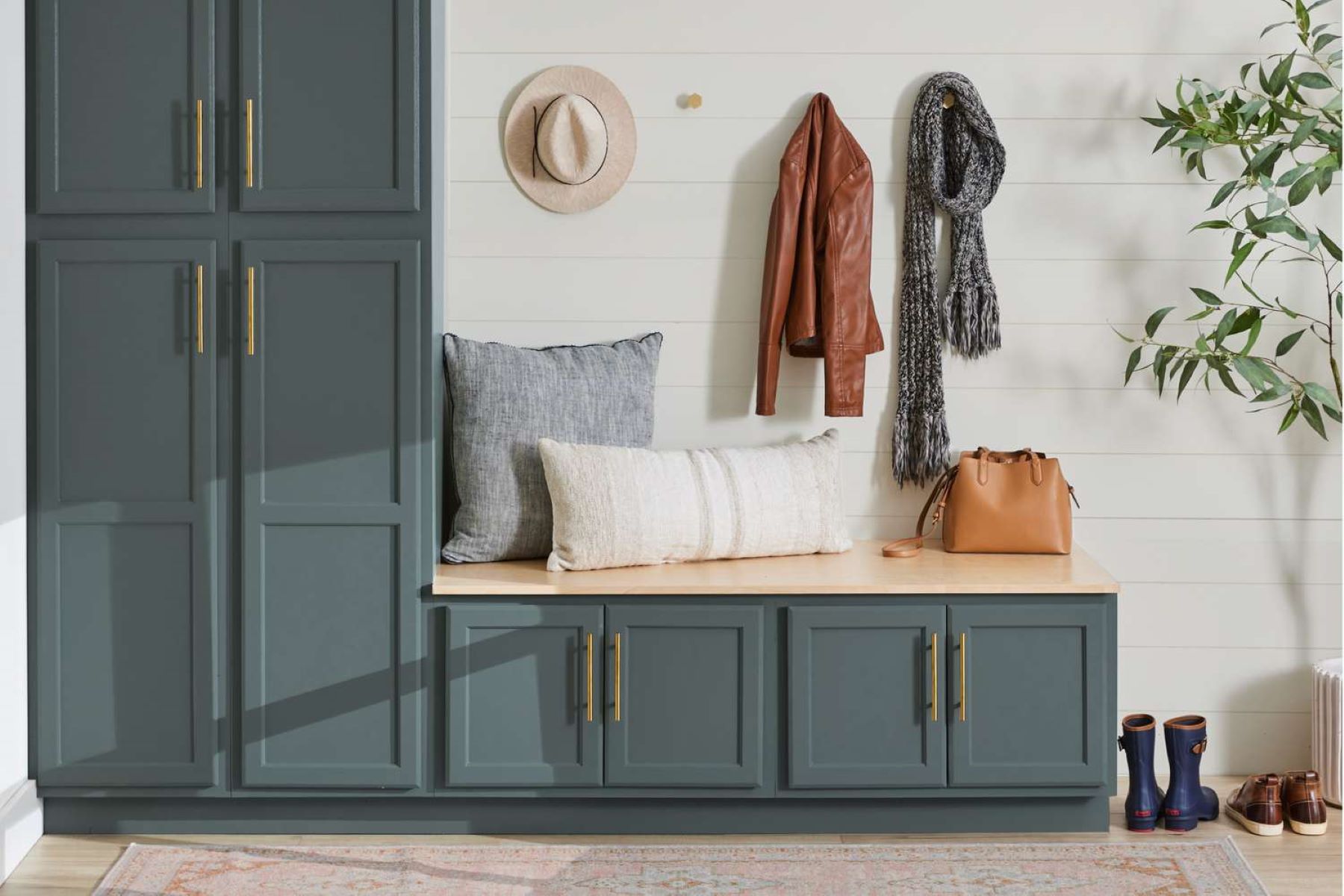

Ideas and Tips
Creating A Functional Mudroom In A Back Entry
Modified: September 2, 2024
Discover essential tips for designing a functional mudroom in your back entry to enhance home organization and efficiency.
(Many of the links in this article redirect to a specific reviewed product. Your purchase of these products through affiliate links helps to generate commission for Storables.com, at no extra cost. Learn more)
A mudroom is more than just a place to take off your shoes; it's a crucial component of your home's organization and functionality. Especially when it comes to back entries, a well-designed mudroom can significantly enhance the efficiency of your daily routine. In this article, we will delve into the essential elements, design considerations, and practical tips for creating a functional mudroom in a back entry.
What is a Mudroom?
A mudroom is a designated space where family members take off and store their outdoor clothing, shoes, accessories, and other items they might need as they leave the house. It serves as a "drop zone" for these items, keeping them from being scattered throughout the rest of the home. This concept is particularly important for families with children, pets, and active lifestyles.
Read more: Creating A Functional Mudroom In A Garage
Why is a Mudroom Important?
- Organization: A mudroom helps keep the rest of your home clutter-free by providing a dedicated space for storing shoes, jackets, hats, and other items.
- Efficiency: It saves time by having everything you need in one place, making it easier to get out the door quickly.
- Sanity: By keeping the entry area organized, you can maintain your sanity and reduce stress.
Designing Your Mudroom
Location
The best spot for a mudroom is adjacent to the back door or garage entrance. This location allows for easy access and helps keep the main entrance area clutter-free. If possible, place it near the laundry room so that soiled items can be immediately placed in the wash, saving time and effort.
Essential Elements
A functional mudroom should include several key elements:
-
Hooks for Hanging:
- Strong wall hooks are essential for hanging coats, hats, backpacks, school bags, and purses. Choose hooks that are sturdy enough to hold various sizes of jackets and bags.
-
Shoe Storage:
- Shoe racks or baskets provide ample space for storing shoes. Consider using shoe cubbies or over-the-door shoe organizers to maximize vertical space.
-
Drying Mat:
- A drying mat is crucial for wet shoes, muddy boots, and other sports equipment. This helps prevent water from spreading throughout the room and keeps the floor clean.
-
Storage Baskets:
- Storage baskets are ideal for smaller items like hats, keys, and gloves. These baskets can be placed on shelves or in cubbies to keep items organized.
-
Open Shelves:
- Open shelves are great for additional basket storage. They provide easy access to items and can be used to display decorative items or seasonal accessories.
-
Small Cabinet:
- A small cabinet is perfect for storing car and house keys. This keeps them organized and out of sight, reducing clutter.
-
Built-in Bench or Free-Standing Bench:
- A built-in bench or free-standing bench makes taking off and putting on shoes easier. It also provides a place to sit while putting on or removing shoes.
-
Full-Length Mirror:
- A full-length mirror is useful for ensuring you look just right before heading out the door. It also helps with checking the fit of jackets and other clothing.
Read more: Creating A Functional Mudroom In An Entryway
Customizing Your Mudroom
-
Family Lifestyle Considerations:
- Each family is unique, with different lifestyles and needs. Consider the activities your family participates in, such as sports or regular visitors, when designing your mudroom. This will help you determine the type and amount of storage needed.
-
Pet Storage:
- If you have pets, consider adding storage for pet accessories like leashes and harnesses. This keeps these items organized and prevents them from being misplaced.
-
Seasonal Storage:
- Think about seasonal storage needs. For example, you may need extra space for bulky winter items like boots and coats during colder months.
Practical Tips for Designing a Mudroom
Step-by-Step Guide
-
Assess Your Space:
- Start by assessing the space you have available. Measure the dimensions of the area and consider any obstacles like doors or windows.
-
Plan Your Layout:
- Plan your layout carefully. Use a sketch or diagram to visualize how you want to use the space. Consider the flow of traffic and how you want to move through the room.
-
Choose Your Materials:
- Choose materials that are durable and easy to clean. For example, high-quality paint for cubbies and sturdy baskets for storage.
-
Incorporate Decorative Elements:
- Incorporate decorative elements like wire baskets with cotton inserts to add style and functionality to your mudroom.
-
Consider Lighting:
- Good lighting is essential in a mudroom. Consider installing overhead lighting or under-cabinet lighting to illuminate the space.
-
Make It Accessible:
- Ensure that the mudroom is accessible for all family members. This includes placing hooks and benches at comfortable heights.
Examples of Functional Mudrooms
Example 1: A Family of Four
In one example, a family of four designed a mudroom that has been functioning extremely well for five years. The cubbies were painted with high-quality paint, and the hooks were the perfect size to hold every size of jacket. Sturdy baskets provided ample space for small items like hats and keys.
Example 2: A Small Space
Another example involves setting up a functional mudroom in a small space—a tiny alcove off the garage door entrance. The space was transformed with white paint and decorative wallpaper. Area rugs and runners were used to distract from the slate-look tile, making the area more inviting and functional.
Conclusion
Creating a functional mudroom in a back entry is crucial for maintaining organization and efficiency in your home. By incorporating essential elements like hooks, shoe storage, drying mats, storage baskets, open shelves, small cabinets, benches, and full-length mirrors, you can create a space that meets the unique needs of your family. Remember to customize your design based on your family's lifestyle and consider practical tips like assessing your space, planning your layout carefully, choosing durable materials, incorporating decorative elements, and ensuring good lighting. With these steps, you can create a mudroom that not only keeps your home clutter-free but also enhances your daily routine.
By following these guidelines and examples, you can design a mudroom that is both functional and stylish. Whether you have a large or small space available, incorporating these elements will help you create an organized entry area that benefits your entire family.
Was this page helpful?
At Storables.com, we guarantee accurate and reliable information. Our content, validated by Expert Board Contributors, is crafted following stringent Editorial Policies. We're committed to providing you with well-researched, expert-backed insights for all your informational needs.
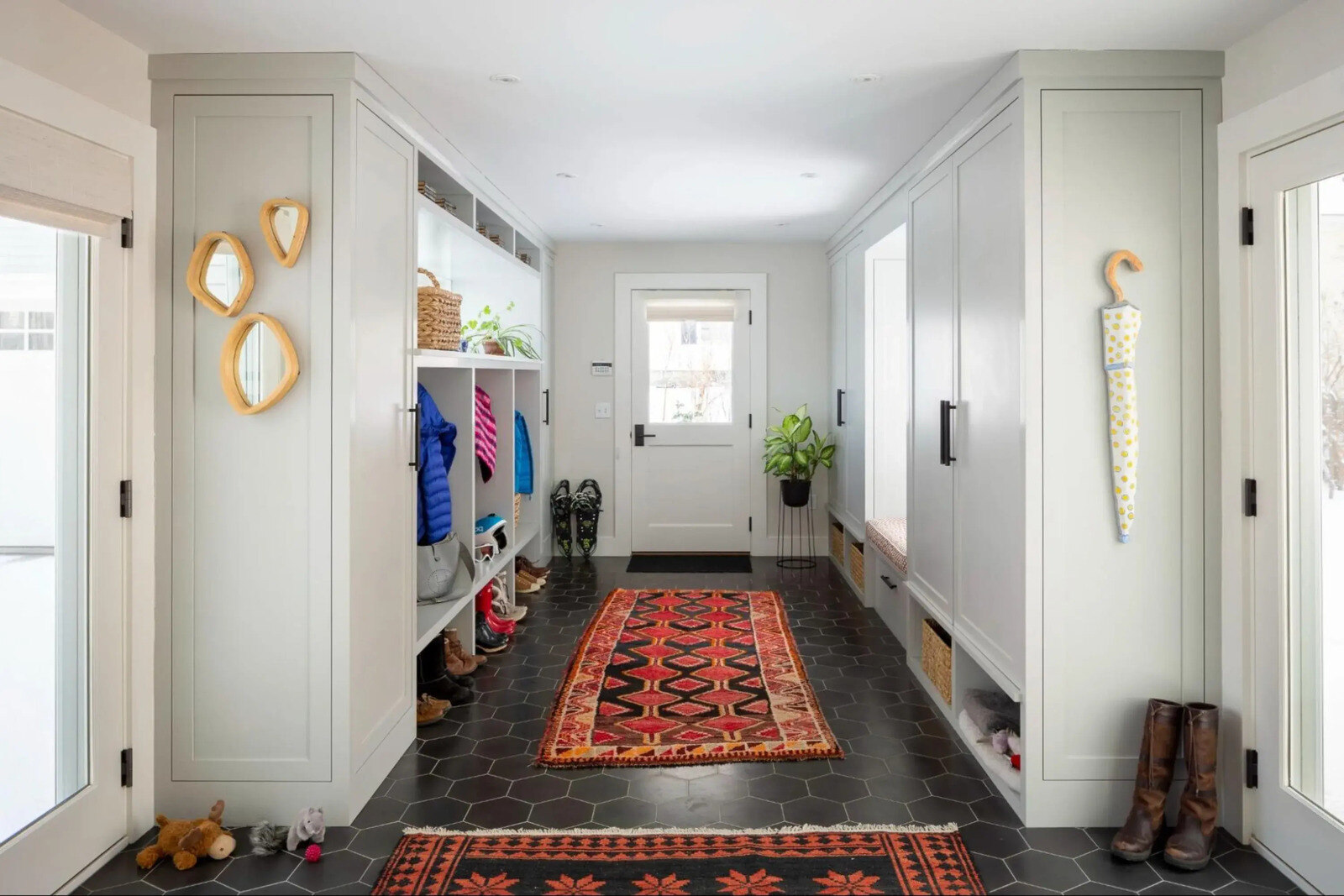
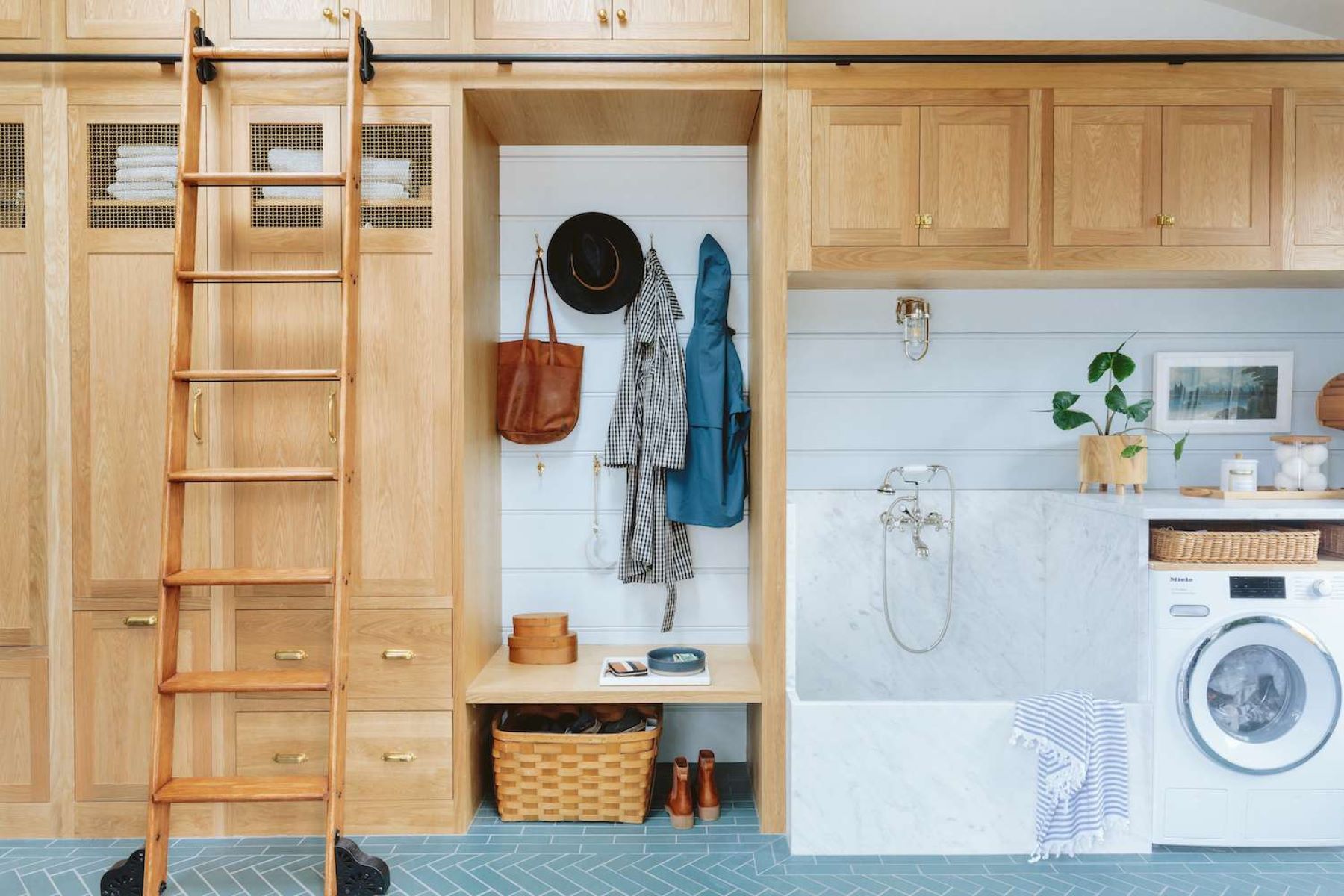
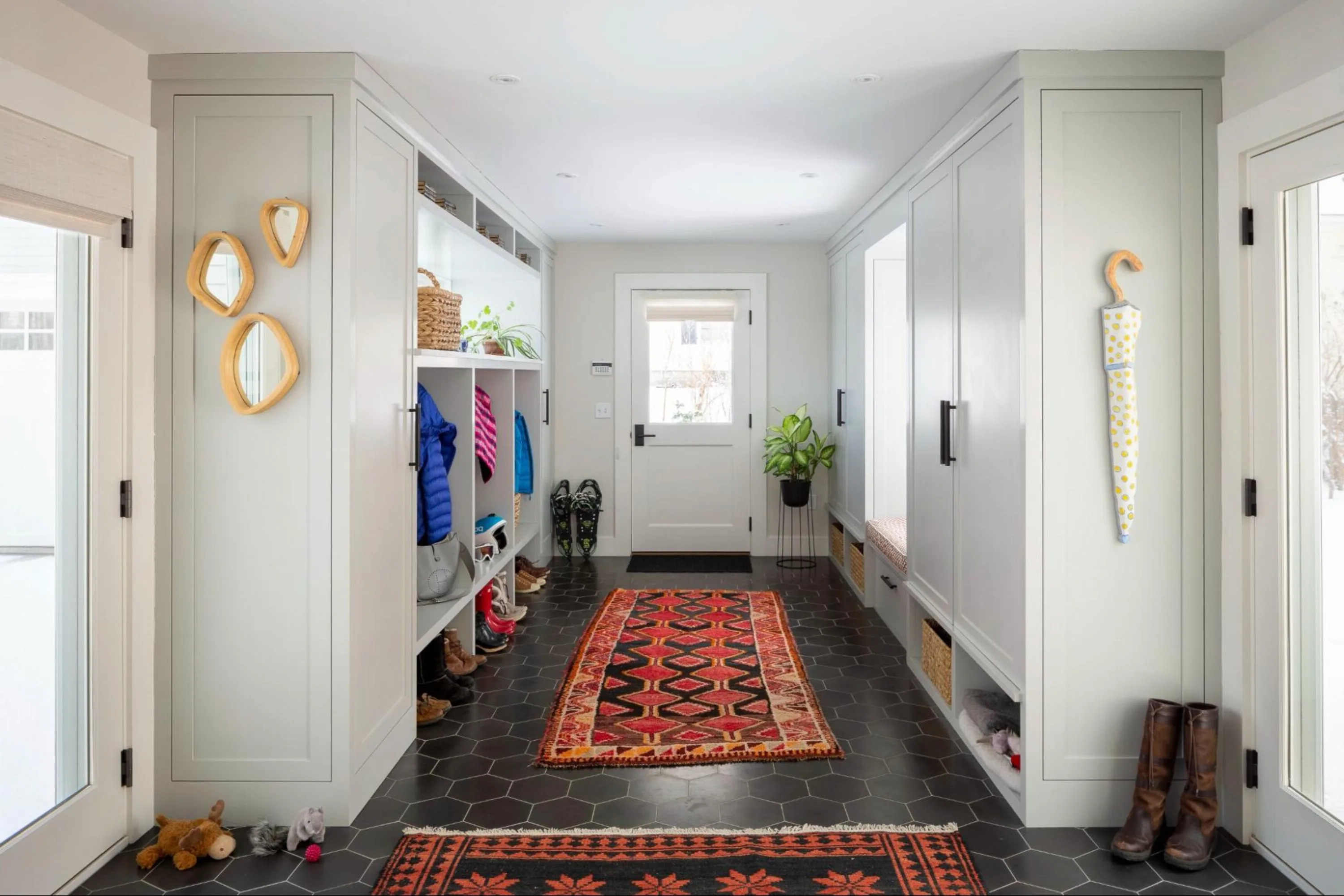
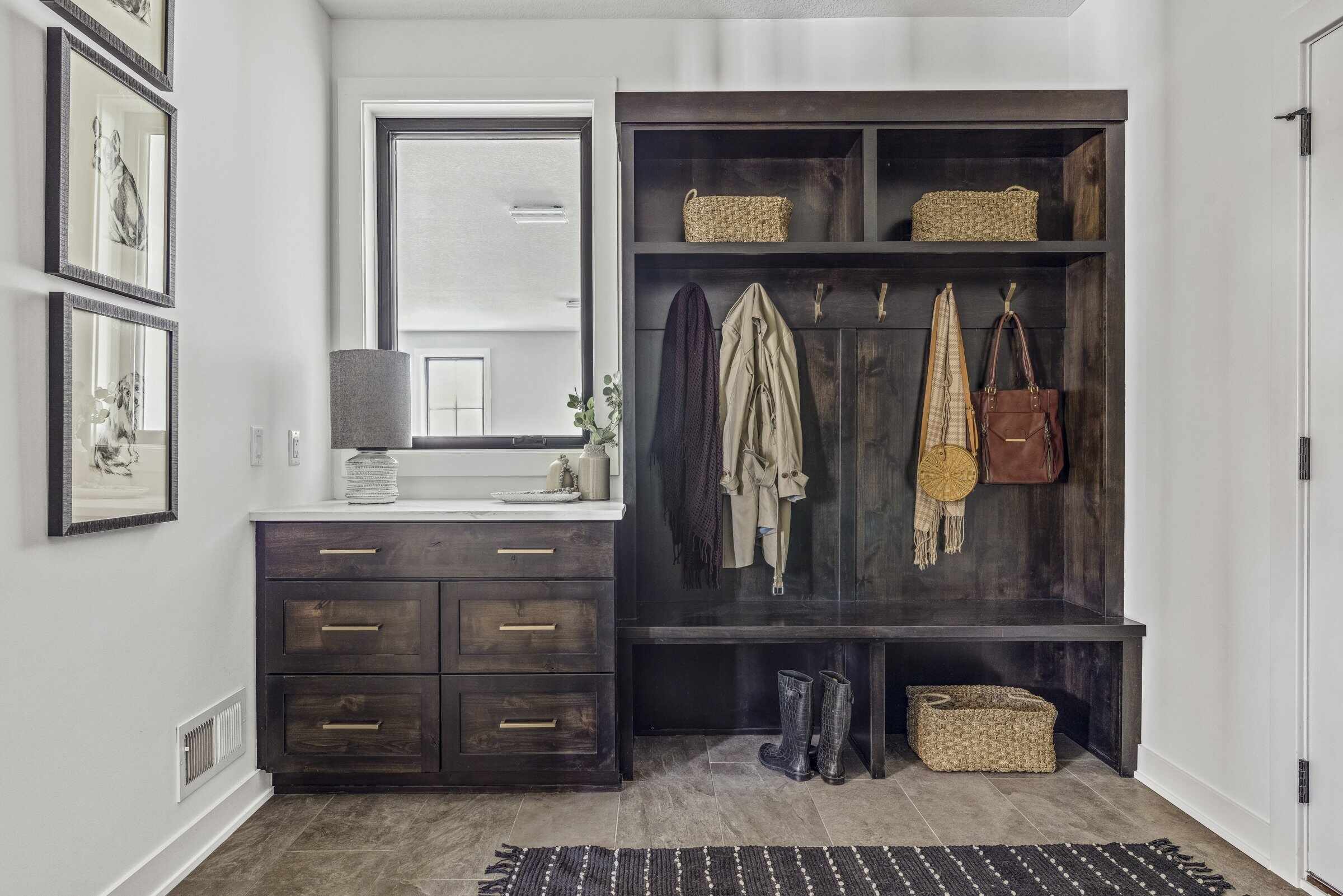
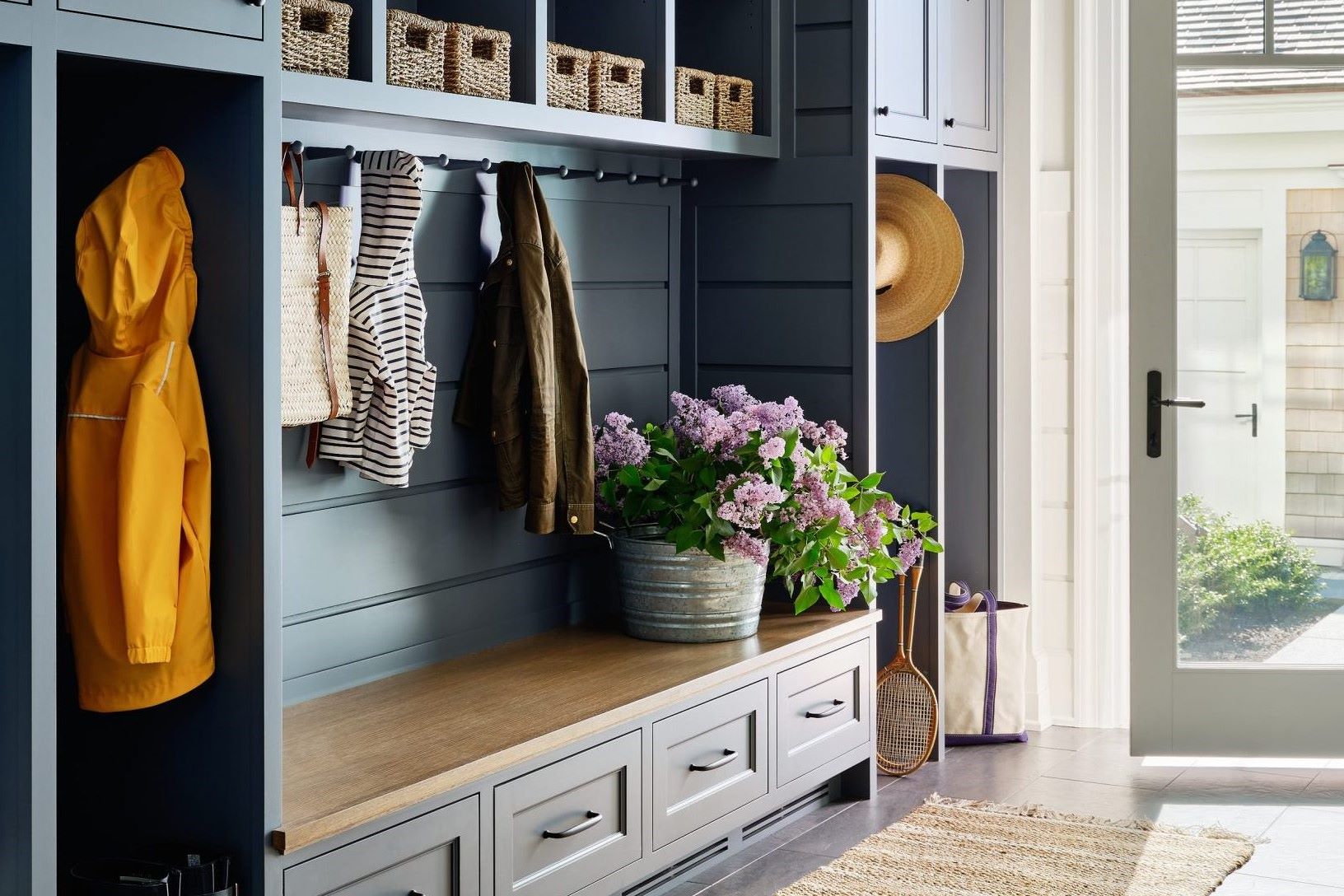
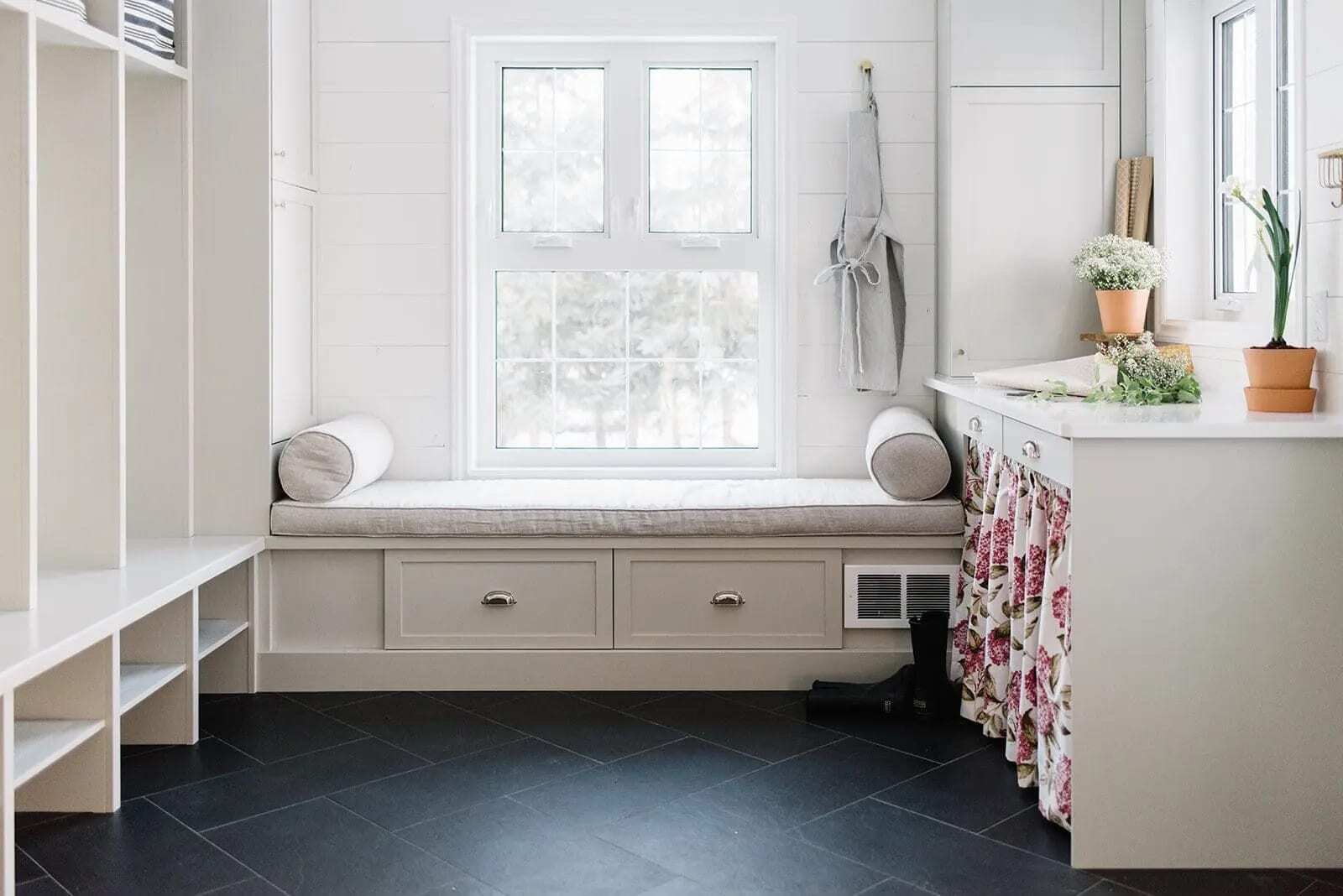
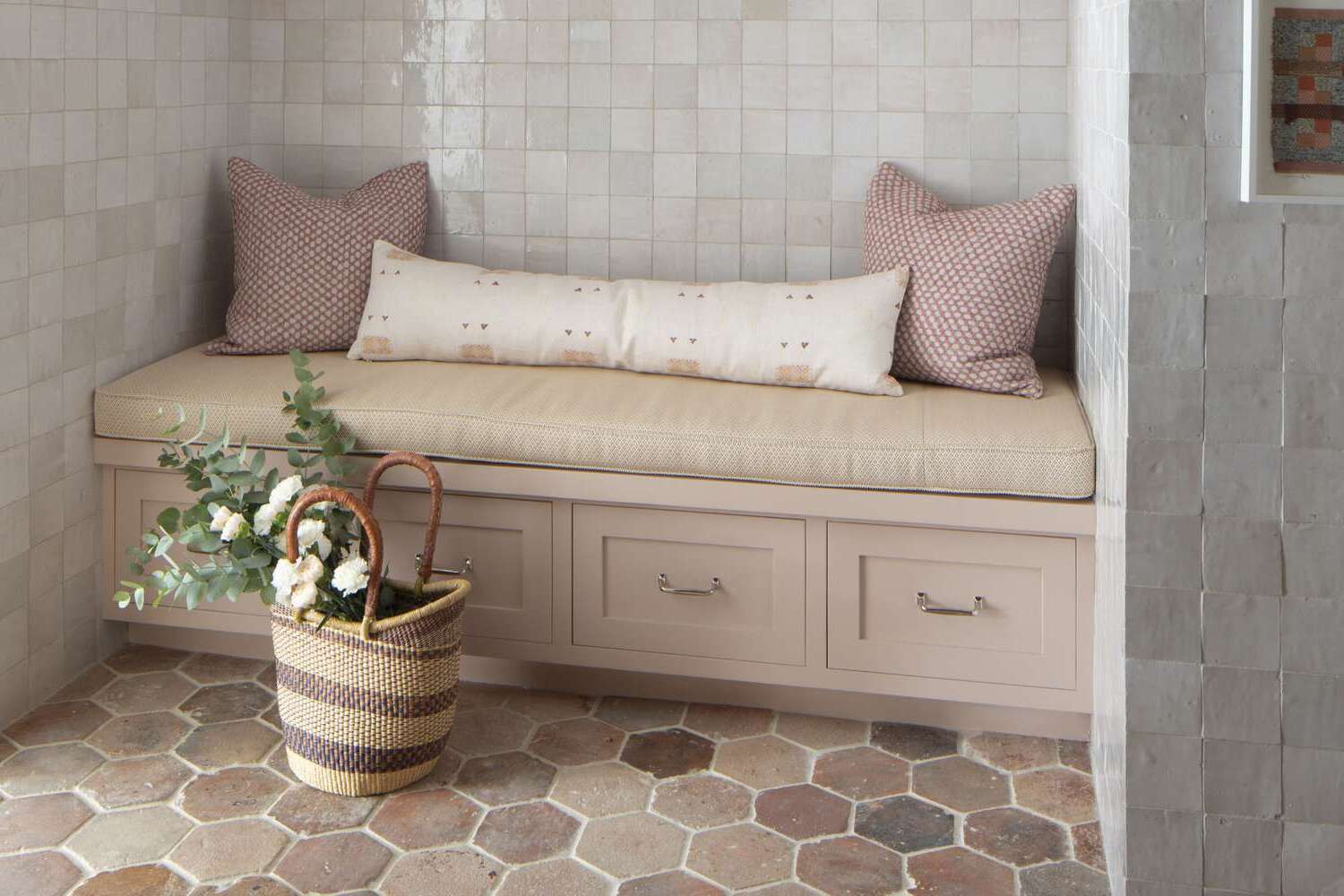
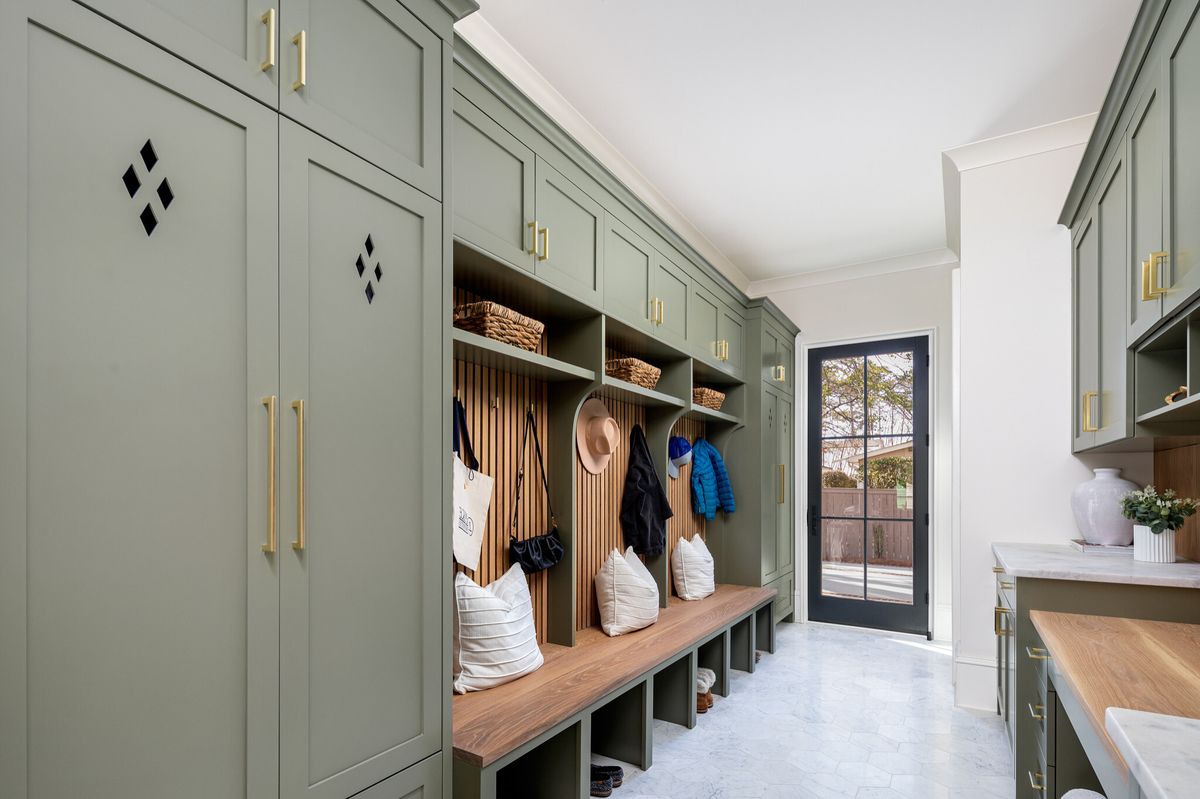
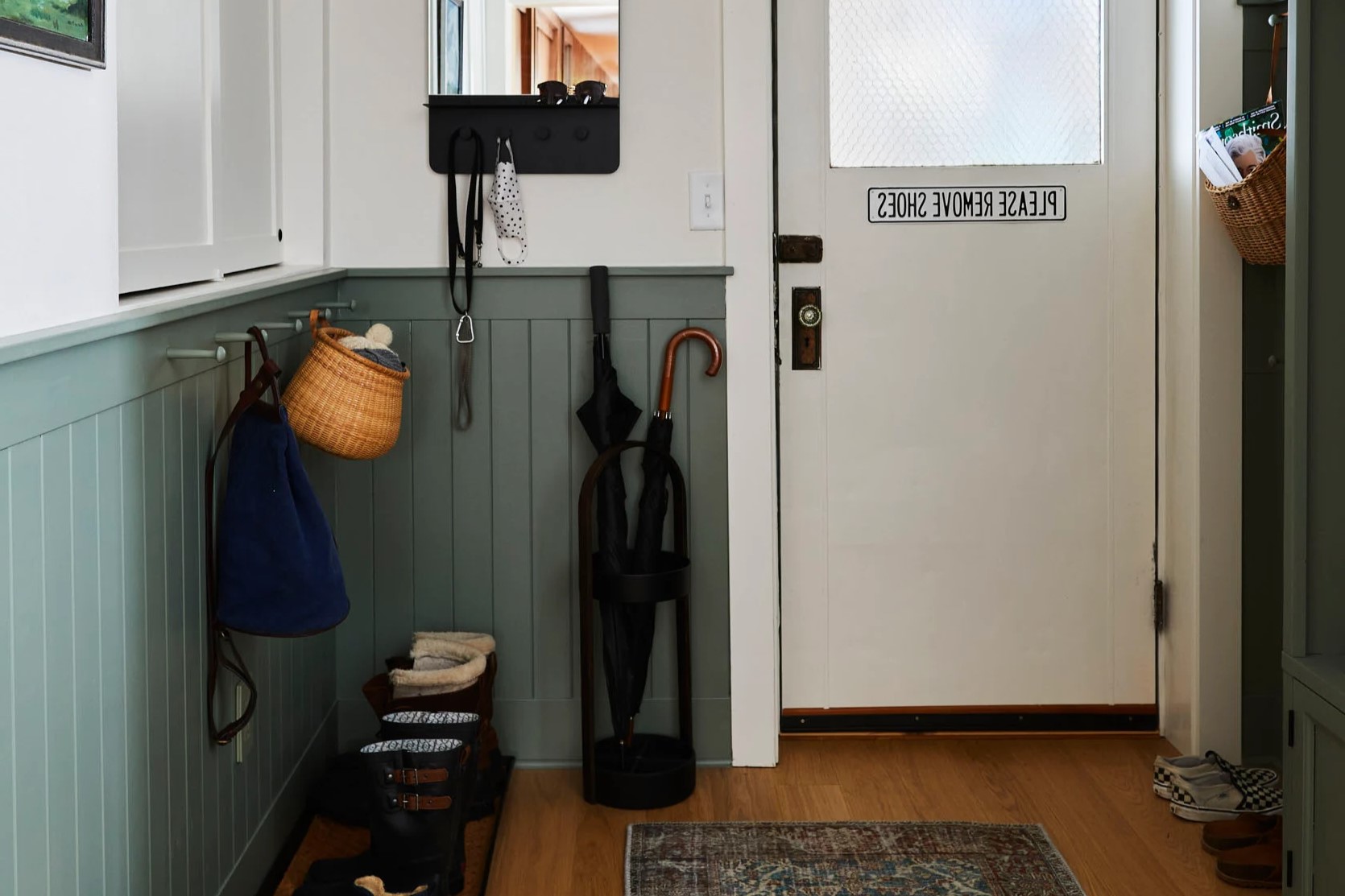
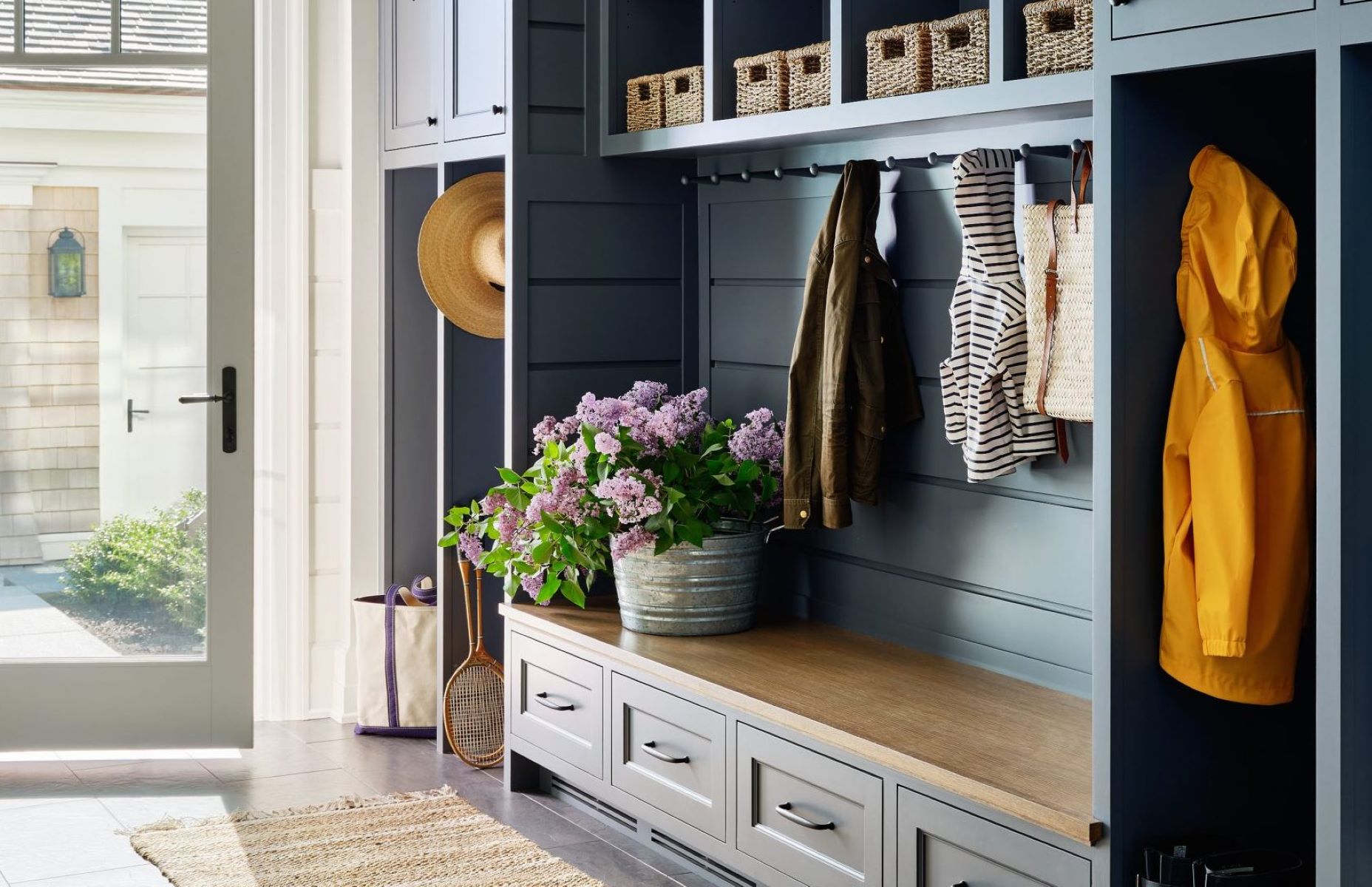
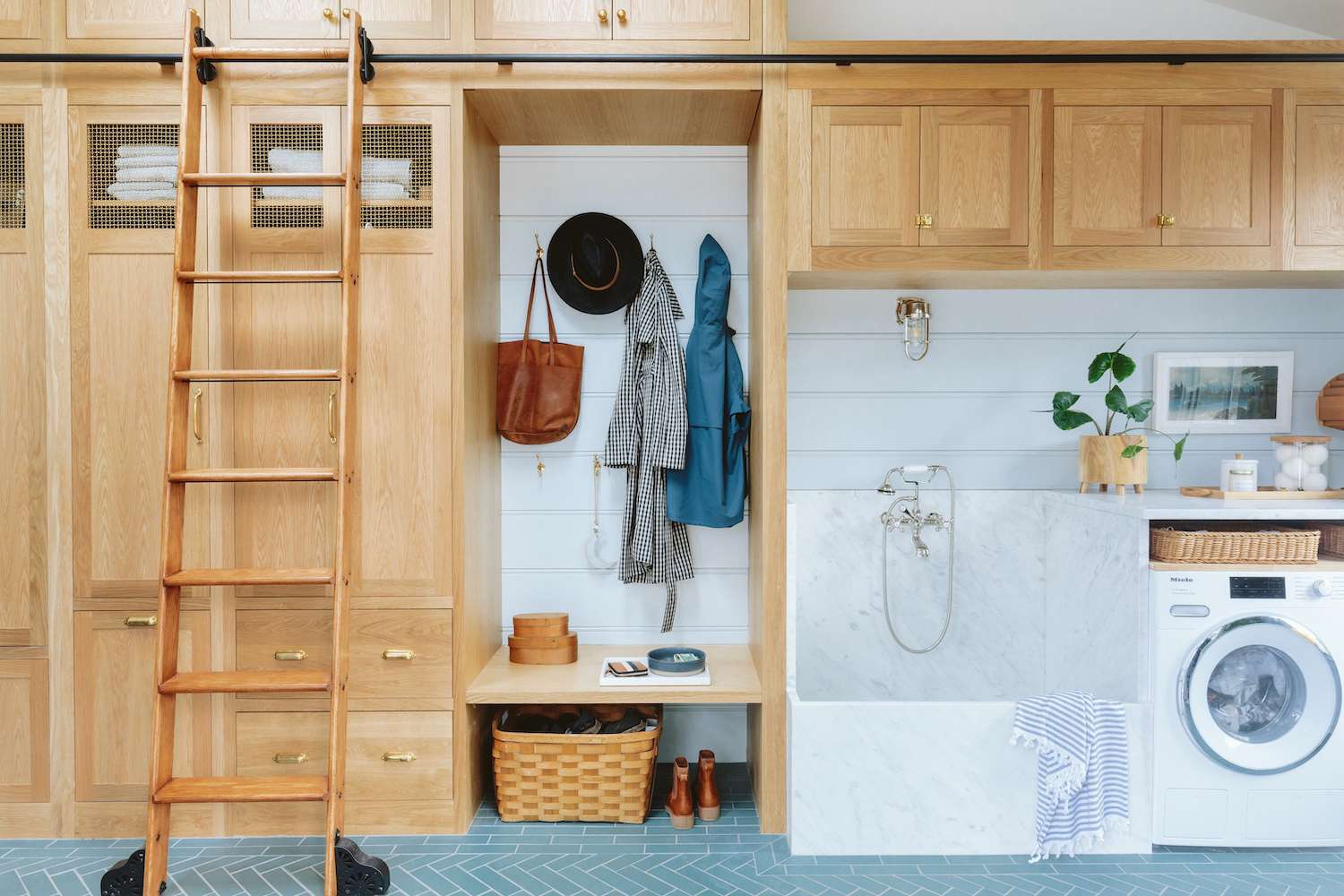
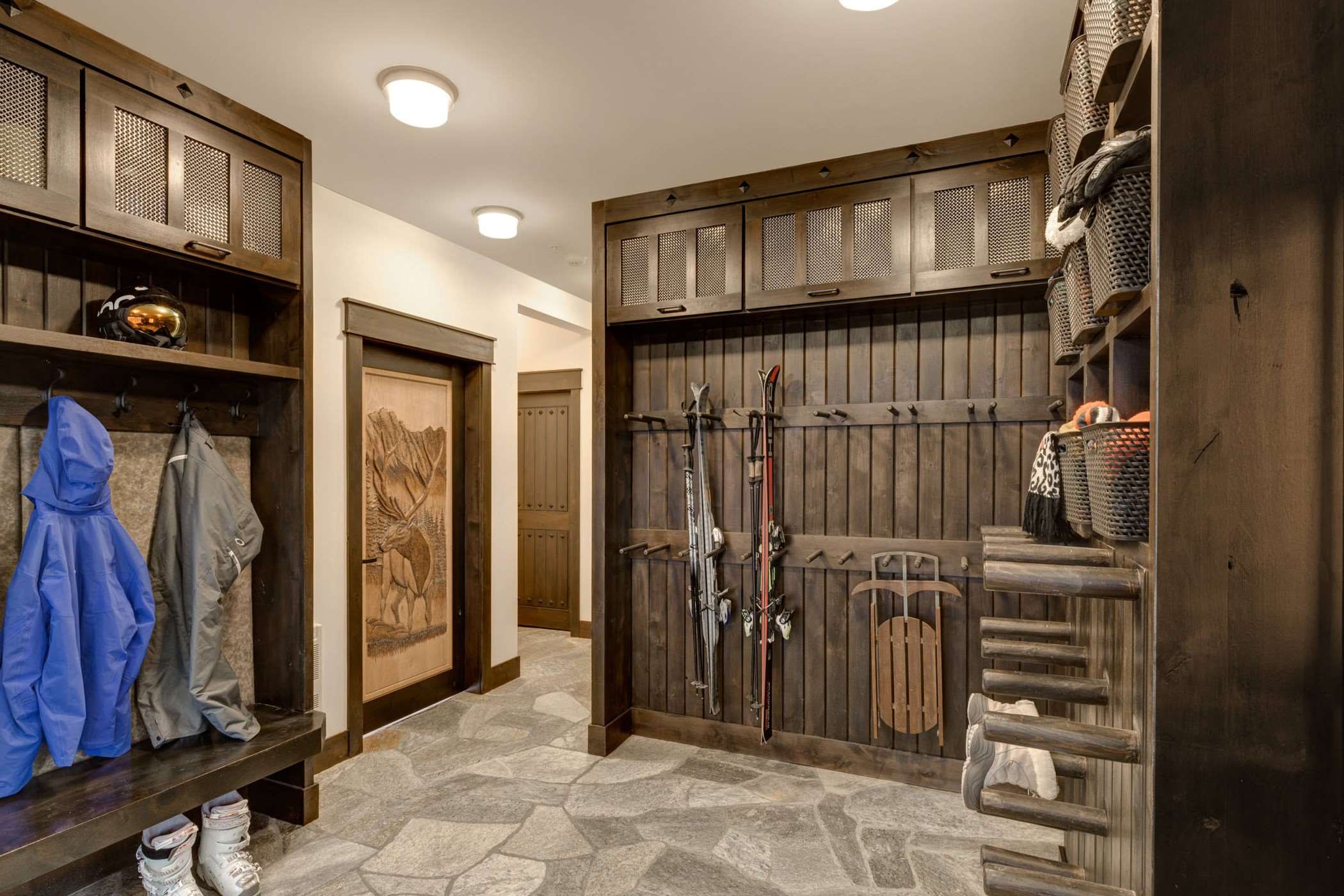
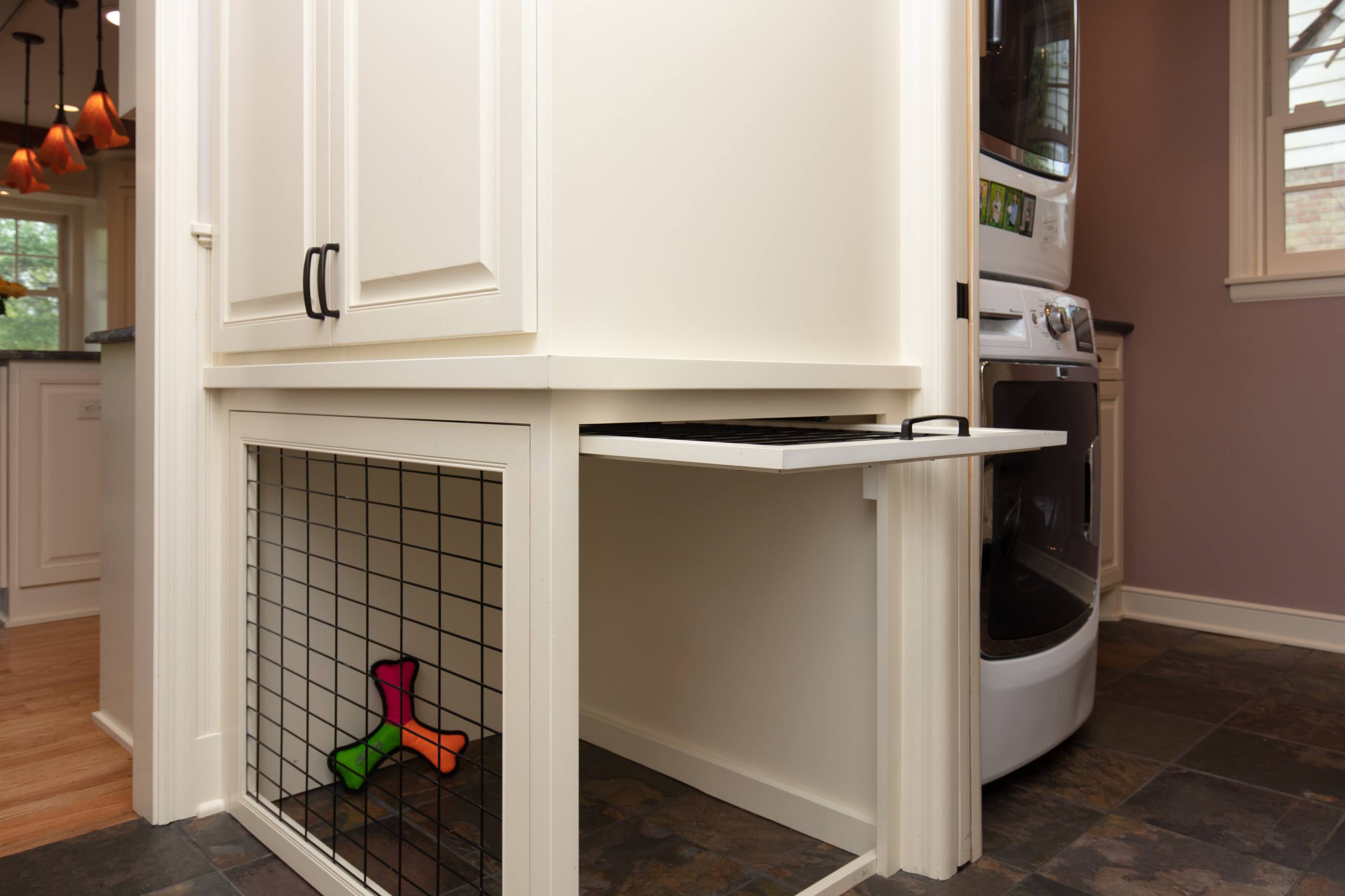

0 thoughts on “Creating A Functional Mudroom In A Back Entry”